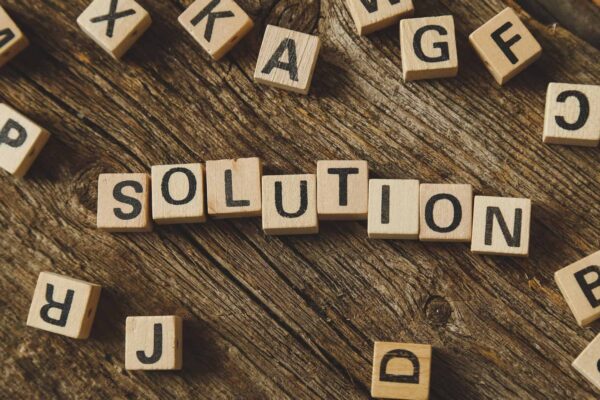Have a Big Project?
Big numbers, lots of documents and multiple translations?
Our top performing teams deliver unmatched quality on time for you
to hit your business goals.

Translation serves as a vital tool in today’s interconnected world, enabling effective communication between individuals who speak different languages. However, the process of translation is not without its challenges. In this blog post, we will explore the problems encountered in translation and discuss potential solutions to overcome these hurdles, thereby facilitating smoother cross-cultural communication.
a) Linguistic and Cultural Differences: Languages possess unique structures, grammar rules, idiomatic expressions, and cultural nuances, making direct translation challenging. Ambiguities and multiple meanings can arise when trying to convey the original message accurately. Translators must carefully navigate these linguistic and cultural differences to ensure the intended meaning is preserved.
b) Contextual and Technical Jargon: Certain industries and specialized fields rely on specific terminologies and jargon. Translating technical documents or academic papers requires not only linguistic expertise but also in-depth knowledge of the subject matter. Accurate rendering of complex concepts and specialized vocabulary poses a significant challenge in such cases.
c) Time Constraints and Deadlines: Translators often face tight deadlines, especially in fields like journalism, publishing, and business. These time constraints can affect the quality of translation if sufficient time for research, understanding, and revisions is not allocated. Balancing speed and accuracy is crucial for effective translation.
a) Extensive Research and Preparation: Translators must invest time and effort into understanding the source material thoroughly. Conducting research on the subject matter, familiarizing themselves with cultural references, and staying updated on the latest terminology can significantly enhance the quality of translation. Building a solid foundation of knowledge minimizes the risk of misinterpretation.
b) Collaboration and Communication: Translators can work closely with the content creators or subject matter experts to clarify any ambiguities, verify technical terms, or seek context-related information. This collaborative approach ensures accurate and contextually appropriate translations, especially when dealing with industry-specific documents or sensitive topics.
c) Utilizing Technology: Advancements in translation technology, such as machine translation and translation memory tools, can assist translators in their work. While these tools may not replace human translators, they can aid in speeding up the process and improving consistency. However, it is essential to use them judiciously and always review and revise the output to ensure accuracy.
d) Continuous Professional Development: Translation is an ever-evolving field, and staying updated with the latest linguistic trends, cultural changes, and technological advancements is crucial. Translators should actively engage in professional development activities, attend conferences, join relevant communities, and participate in workshops to enhance their skills and knowledge.
Translation, despite its inherent challenges, plays a pivotal role in bridging language barriers and fostering global communication. By acknowledging the problems faced in translation and implementing effective solutions such as thorough research, collaboration, leveraging technology, and continuous professional development, we can strive for accurate and culturally sensitive translations. Ultimately, these efforts contribute to better understanding, respect, and harmony across diverse linguistic communities worldwide.
Big numbers, lots of documents and multiple translations?
Our top performing teams deliver unmatched quality on time for you
to hit your business goals.
Ready to burst your borders and need work done quickly?
Order Now! To get an instant assessment and quote.
Don’t wait, we’re ready.
SAVE TIME & MONEY!
Order from our mobile app now